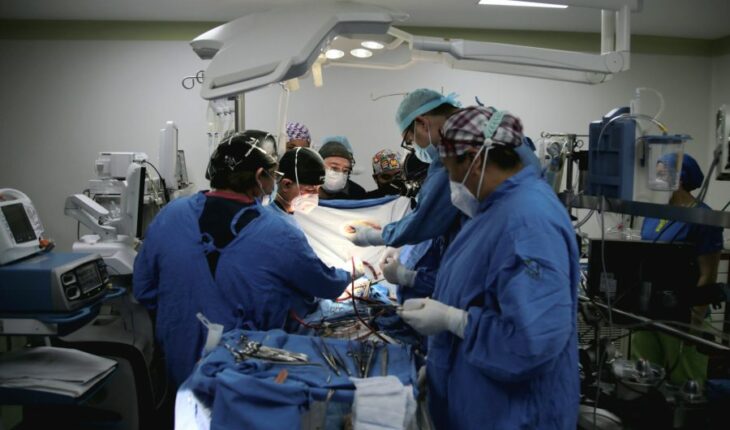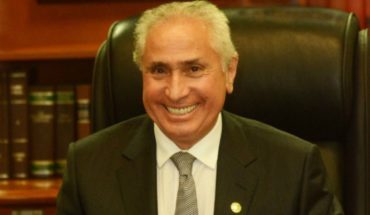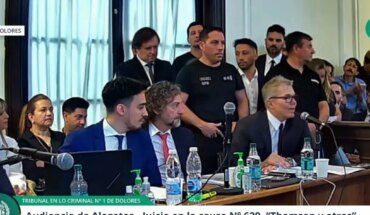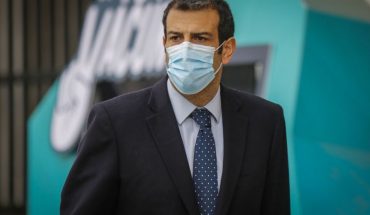It was in 1988, on July 21, that the first heart transplant was performed in Mexico, at the General Hospital of La Raza. Its director, Guillermo Careaga Reyna, commented that for 34 years 231 heart transplants have been performed to date, thus helping patients and families to change their lives.
So far in 2022, five heart transplants have been performed, one heart-kidney transplant, five liver transplants, 70 kidney transplants and 183 cornea transplants. Currently, this High Specialty Medical Unit (UMAE) has the highest heart transplant productivity in our territory and outstanding results in emergency care.
Therefore, the culture of organ donation is of vital importance since it gives people a second chance to get ahead. To be a donor is to be aware that we can help work miracles, even after death, and make a difference with someone who was unlucky enough to deal with an illness perhaps since birth.
The first Mexican to receive a heart transplant was José Tafoya Chávez, who was 45 years old, which meant great national and Latin American recognition for the Mexican Social Security Institute (IMSS); it was through a multidisciplinary and high-quality team, headed by Dr. Rubén Argüero Sánchez, who worked 47 years at the institute.
In this regard, Dr. Careaga recalled: “I had to participate that day as an assistant and I had the opportunity to be in both procedures: in the taking of the donor’s heart and during the transplant of the patient who received it.”
“As a resident doctor, without a doubt, it was an experience that impacted my professional development, in the specialty; it was one of the things that marked part of what I do in my daily practice.”
This process has changed, evolving in various ways; for example, in transport, because from the moment the organ leaves until it arrives it no longer receives blood and must be well protected at all times, in addition to carrying it in the shortest possible time. On the other hand, the procedure also changed: today the heart transplant is done with the bival technique, which allows the heart to work more anatomically and thanks to that the recovery of patients is faster.
“We have to do it with great conviction, conviction and professionalism because the patient is depositing his life in our hands,” said the director of the General Hospital of La Raza.
“We have patients who have survived more than 10 years. One of them is a patient that we transplanted in the pediatric stage in 2013, and a few weeks ago he was hospitalized with us for his control biopsy; it’s one of the best examples we’d have to share. Like him there are several who have reintegrated into his active life and with a second chance.”
Many times, thinking about death can be scary, but this small early decision can save someone and their loved ones, helping to give life no matter that we are no longer here. Donating organs is an act of love and life, so let’s foster this culture and support each other.
What we do at Animal Político requires professional journalists, teamwork, dialogue with readers and something very important: independence. You can help us keep going. Be part of the team.
Subscribe to Animal Político, receive benefits and support free journalism.#YoSoyAnimal





